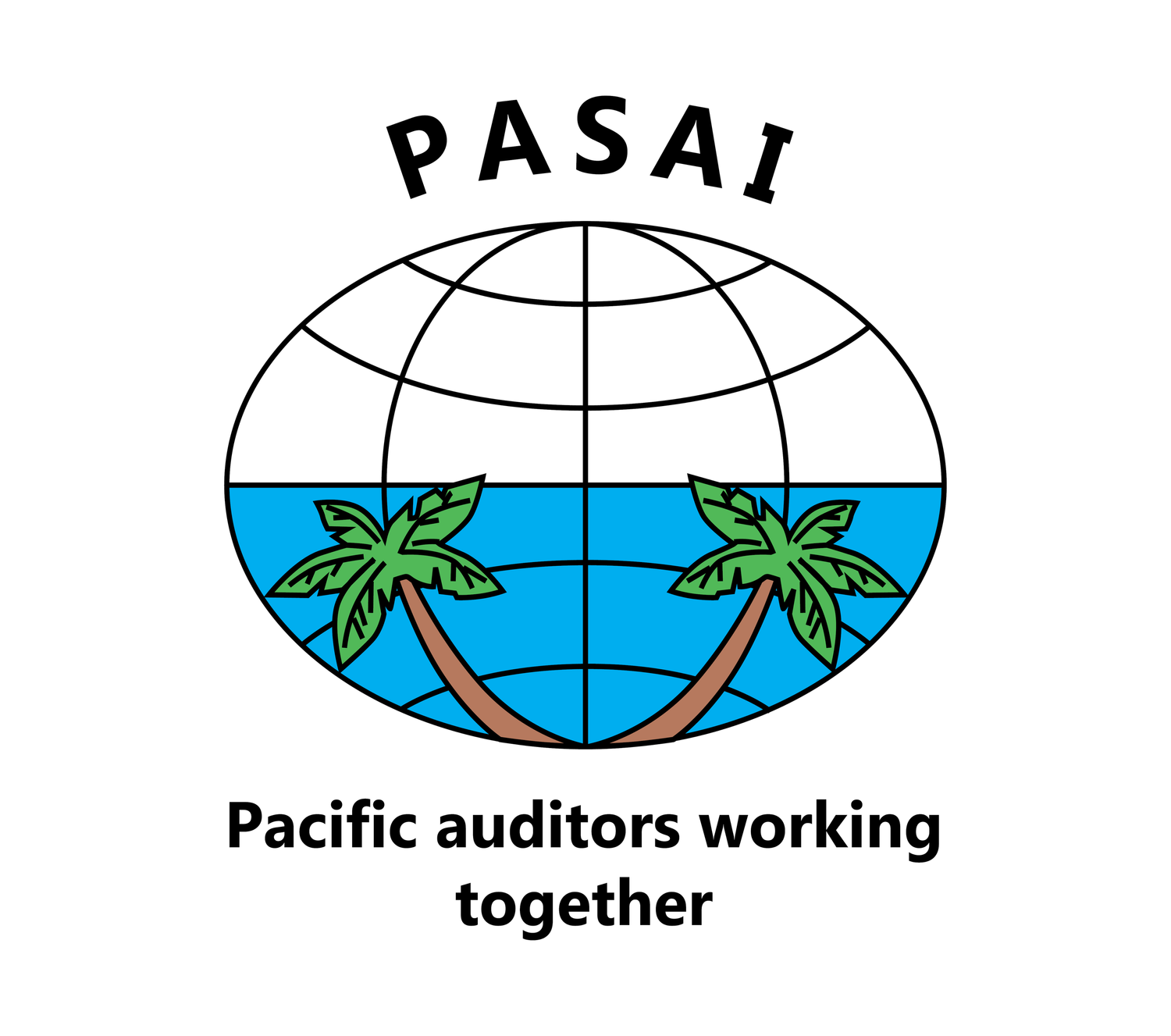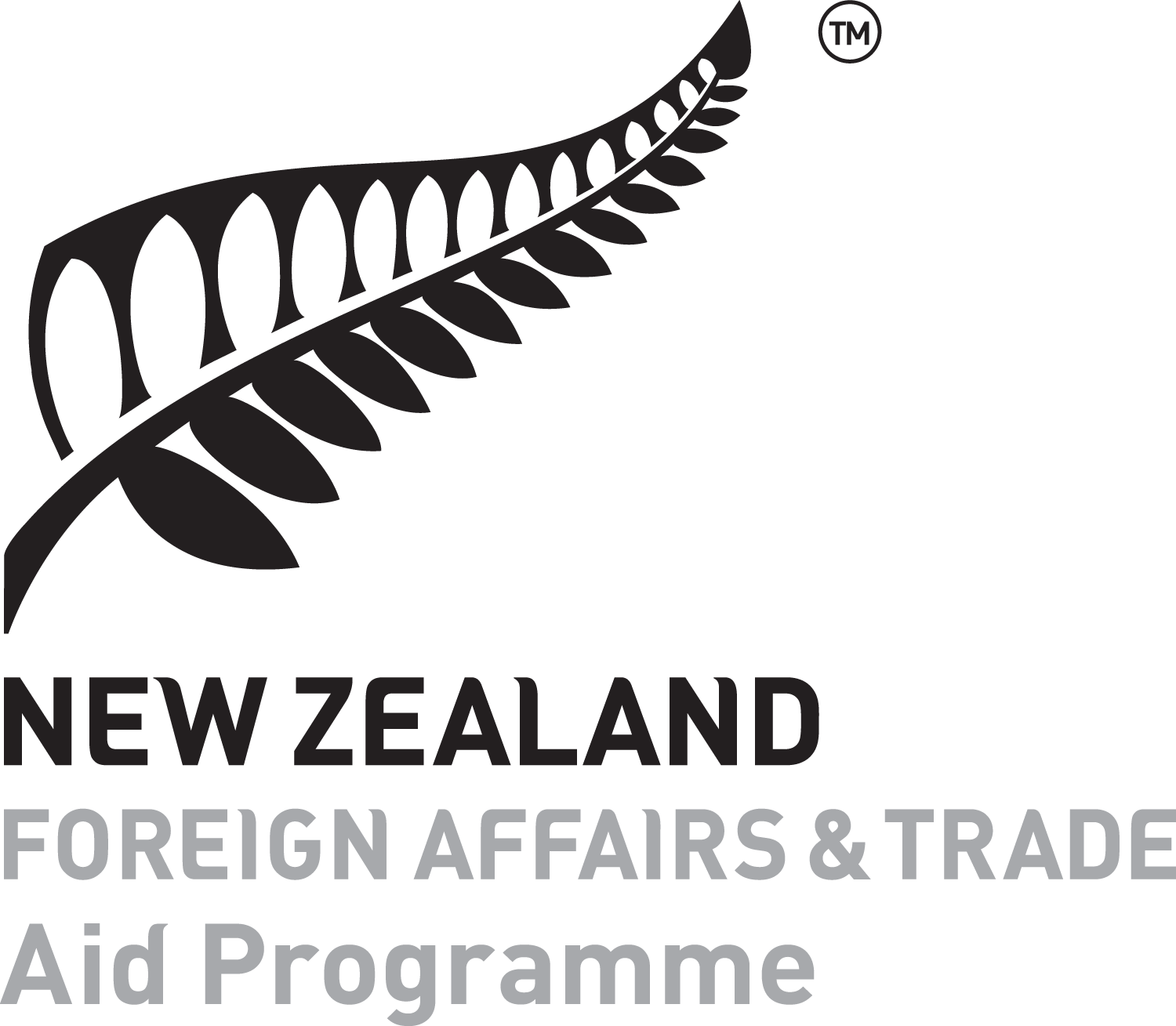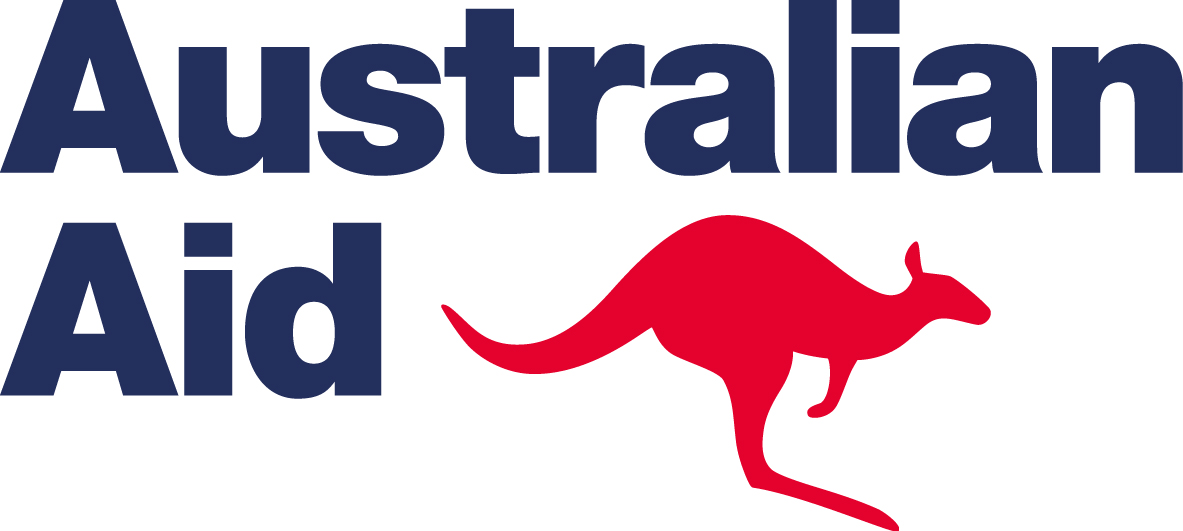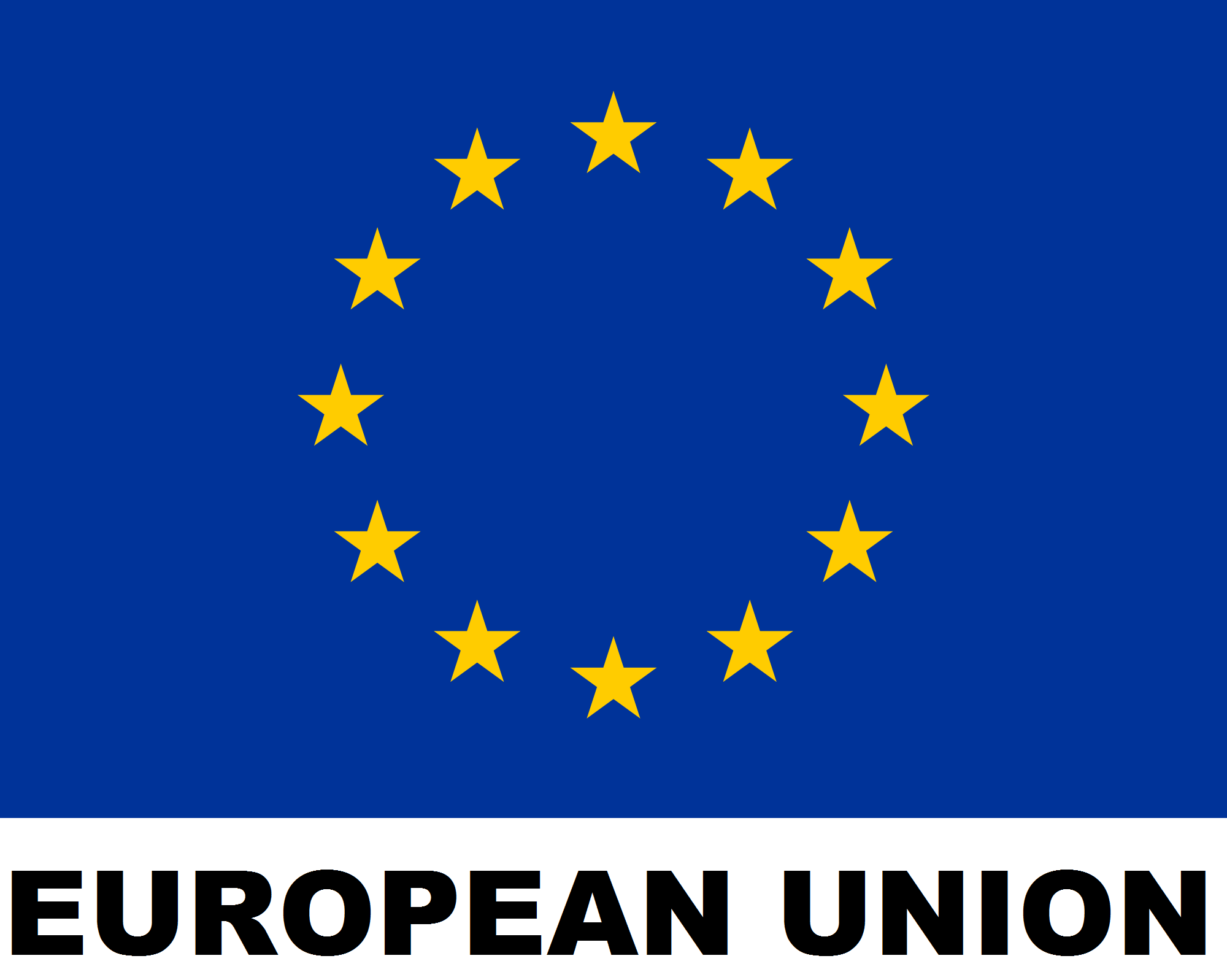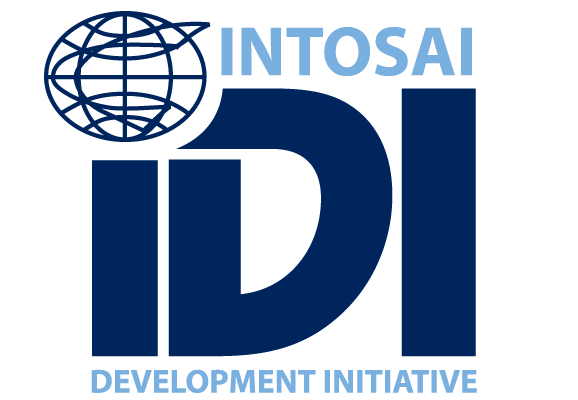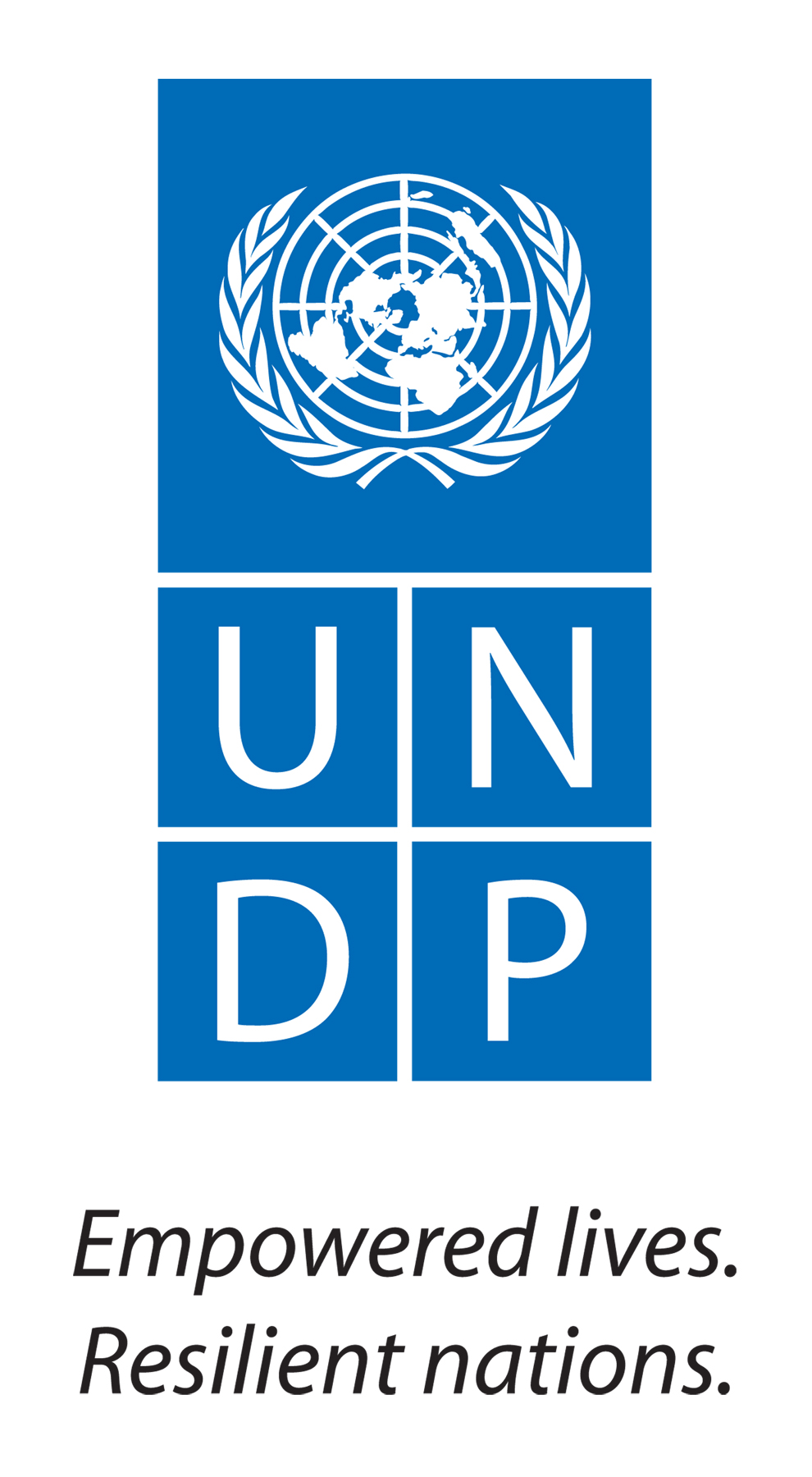By Sarah Markley, Deputy Secretary-General; and Nicole Ayo von Thun, Senior Advisor, International Engagement, Office of the Auditor-General in New Zealand
The purpose of a supreme audit institution (SAI) is to improve trust in our public organisations and public financial management systems. At a time when there is a significant and rapid increase in Government expenditure to address the impacts of the pandemic, the work SAIs do has never been more important. As auditors we play a vital role in maintaining the integrity of the public sector in our jurisdictions by supporting transparency and accountability.
The team at SAI New Zealand has directed a lot of its efforts over the last financial year to work focused on the health, welfare, social, and economic responses of the COVID-19 pandemic. It has continued to do this work through multiple lockdowns, regional and national. This has been possible due to strong emergency response structures in place at SAI New Zealand.
With COVID-19 continuing to impact the work we do and how we do it, sharing our experiences and challenges with one another is critical.
SAI New Zealand’s COVID-19 pandemic response
Since the first lockdown from 20 March 2020, SAI New Zealand has implemented a Coordinated Incident Management System (CIMS) structure. Using this structure, they introduced a COVID Response Team to manage and respond to the COVID-19 pandemic.
CIMS was first developed in 1998 to provide emergency management agencies with a framework to coordinate and cooperate effectively in a response. Today many New Zealand organisations use the CIMS framework to manage emergency responses of any scale. The CIMS framework outlines the different functions of the response structure, the levels of response and the relationships between them, and how a response can be structured at each level. The CIMS model has three distinct layers: the Governance function, the Controller function, and the Operational function.
SAI New Zealand’s COVID Response Team is made up of the following functions which operate in a networked hierarchy (see diagram below):
Governance (Combined Leadership Team): Provides governance decisions which the Controller and the Operational team implement.
Controller (and Controller’s Assistant): Controls and coordinates the response.
Safety and Risk: Advises on measures to minimise risks.
Communications: Develops and delivers messages to staff from Governance. These usually come from the Auditor-General, in particular when it’s about alert level changes and office closures. Occasionally, when a message is about implementing a process, these are sent directly from elsewhere within the Response Team.
Intelligence: Collects and analyses information and produces intelligence.
Logistics: Provides equipment, supplies, and services to support response activities.
Welfare: Ensures planned, coordinated and effective delivery of welfare services to staff.
Planning and Recovery: Plans for response activities and resource needs. Also starts the recovery management process during the initial response phase and ensures the recovery process is integrated with the response.
SAI New Zealand’s COVID-19 Response Team structure
Lessons learnt from using CIMS at SAI New Zealand
The lessons they learnt include:
Provide clear and regular communication to all staff. During each lockdown regular emails, often from the Auditor-General, were sent to staff outlining the situation, expectations of staff, and support that is available. Having clear communication ensured there was one source of truth outlining how the organisation was responding to COVID-19 outbreaks. SAI New Zealand has eight offices around the country. Having this consistent and coordinated communication approach was very important for all staff to understand the office expectations and requirements. Where there were exceptions for certain offices due to outbreaks in their region, having clear communication ensured that staff felt fairly treated.
Have an effective logistics function. Quite often lockdowns have been announced quickly and staff need to shift to working from home overnight. Staff often need to access equipment and furniture that is still in the office. In some cases, the logistics function has helped people to set up prior to the lockdown so they can easily work remotely. In other cases, the logistics team has got equipment to staff as quickly as possible. Taking the safety of those providing logistics support into account and balancing support for ongoing productivity can be a challenge. This is where the team benefit from seeking a clear policy approach from the Governance function.
Ensure a good Welfare function is in place to support staff across the organisation. This includes sending out information on mental health and wellbeing, conducting surveys to assess wellbeing issues, and directing line managers to regularly check in with their staff.
Maintain clear roles within the Response Team. This separation enables the Governance function to provide clear direction and policy decisions as it sits above the Operational function, which the Operational team then implements and reports back on.
Establish a pattern of meetings and sharing of information. For example, in New Zealand there are regular televised updates on the outbreak from the Prime Minister and Director General of Health. The Controller and the Operational team would watch these updates, meet to discuss next steps, share them with the Combined Leadership Team as the Governance function, receive a decision or clear direction, and then send a message out to the wider organisation. Using this pattern and getting messages out quickly provides certainty for staff.
Ensure clarity of objectives for the Response Team, which focus on the emergency and are separate from any normal business activities or other emergencies. The SAI needs to be clear on the extent of the team’s role and whether the Response Team is only there to deal with COVID-19 outbreaks or all emergency responses (such as earthquakes) and future organisational planning.
Ensure there is enough support for the core Response Team. Because COVID-19 is ongoing and working in the Response Team comes on top of each staff member’s normal workload, the SAI needs to be clear in what circumstances and timeframes the Response Team will function. Having back up team members for each function enabling the team to rotate is really important, as it means that members on the core Response Team can have a break.
Formally train staff in the Response Team. CIMS was a new emergency response tool for SAI New Zealand that not all staff on the Response Team were trained on. The team was quickly able to pick up the structure and ideas behind CIMS and implement them effectively; however, formal training would have led to more clarity of roles. If an organisation is planning to use this model to respond to emergencies, it is beneficial to train and inform staff of functions prior to implementing it.
By using the CIMS framework SAI New Zealand has effectively navigated each lockdown. Establishing a clear and consistent emergency response structure has enabled its important work to continue.
What’s next?
Future topics in our series include:
Human resource management
Financial statement of government auditing
We welcome feedback and look forward to hearing about your areas of interest. Please email secretariat@pasai.org.
The Pacific Association of Supreme Audit Institutions (PASAI) is the official association of supreme audit institutions (SAIs) in the Pacific region, promoting transparent, accountable, effective and efficient use of public sector resources in the Pacific. It contributes to that goal by helping its member SAIs improve the quality of public sector auditing in the Pacific to recognised high standards. Our blog includes topics that may help auditors think about some implications to service delivery because of the global coronavirus pandemic (COVID-19).

